Reportar esta entrada
Más sobre la misma comunidad-colección
El Paso Rock and Roll 1950-1970, an EP Museum of History Exhibit
Horn players from the 1960s El Paso music scene.
El Paso Rock and Roll 1950-1970, an EP Museum of History Exhibit
Rockin' band members probably from the Rhythmheirs, an El Paso ...
El Paso Rock and Roll 1950-1970, an EP Museum of History Exhibit
1960s Saxman from the El Paso music scene.
El Paso Rock and Roll 1950-1970, an EP Museum of History Exhibit
Father Rahm is credited with starting the early rock scene in El ...
El Paso Rock and Roll 1950-1970, an EP Museum of History Exhibit
Eugene Anchondo and Pearla performing during the 1960s.
El Paso Rock and Roll 1950-1970, an EP Museum of History Exhibit
Yucca record release, Strange World written by Arthur Wheeler, ...
El Paso Rock and Roll 1950-1970, an EP Museum of History Exhibit
Capital records release, How's About Tomorrow Night?, written by ...
El Paso Rock and Roll 1950-1970, an EP Museum of History Exhibit
Patchwork pants on loan from Chet Woodward, Eagles artwork by El ...
Family Photography-Grijalva Family
Top Left: Rosario Garcia, Anita A. Grijalva, Frank Grijalva, ...

















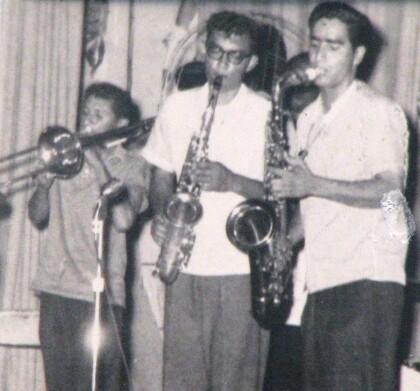
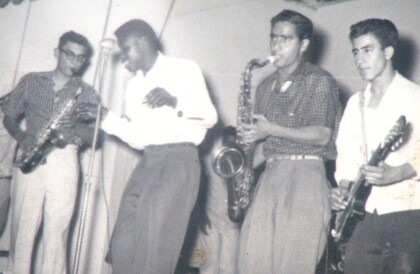
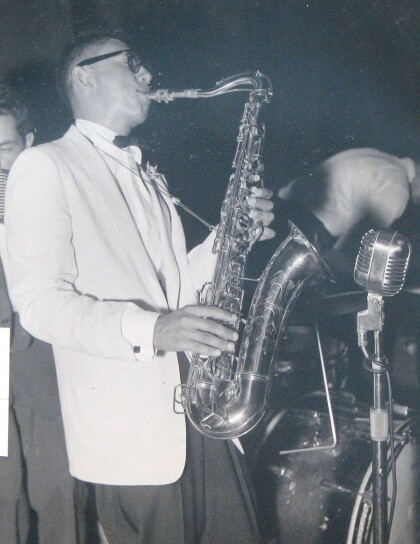
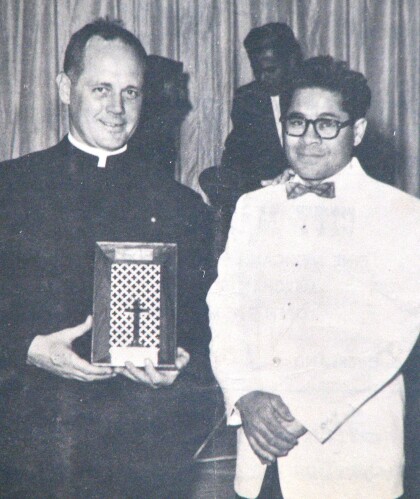
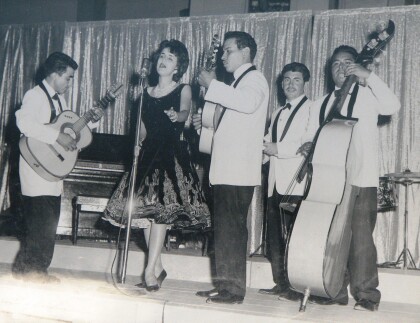
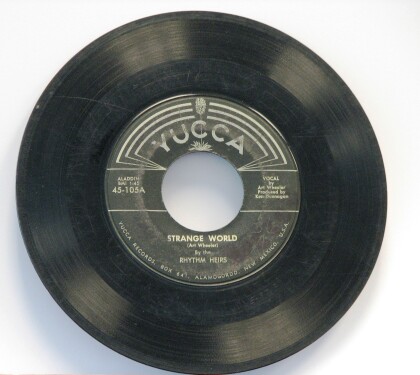
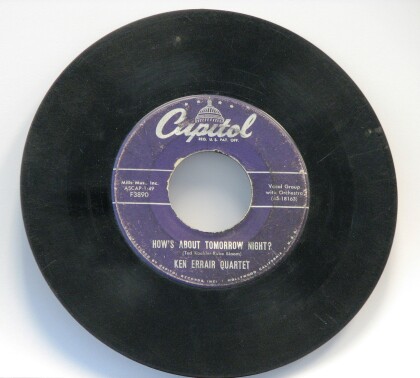
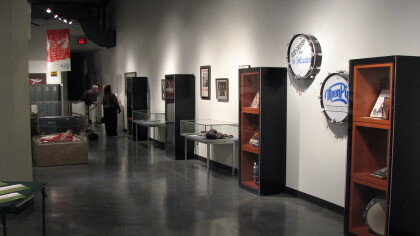
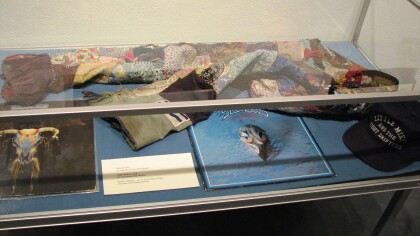
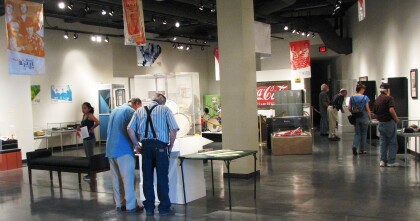
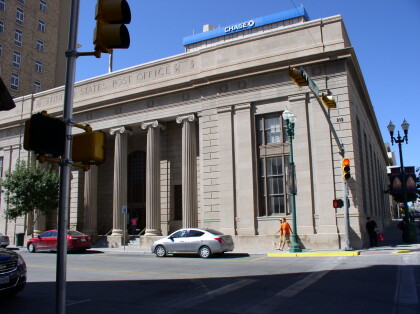

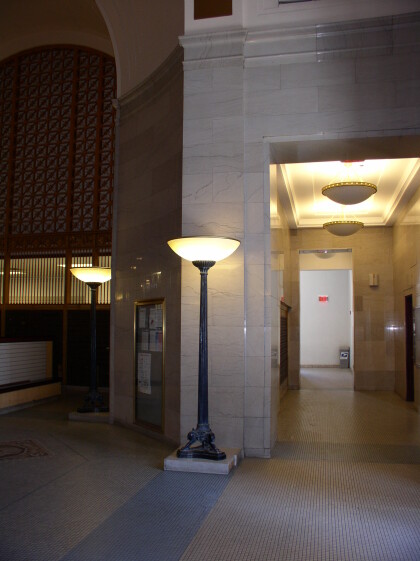

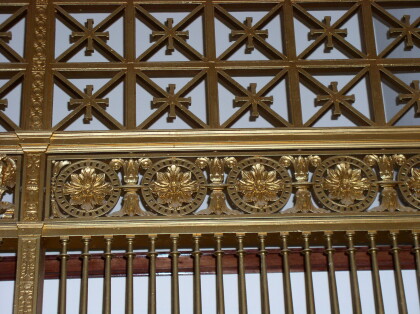
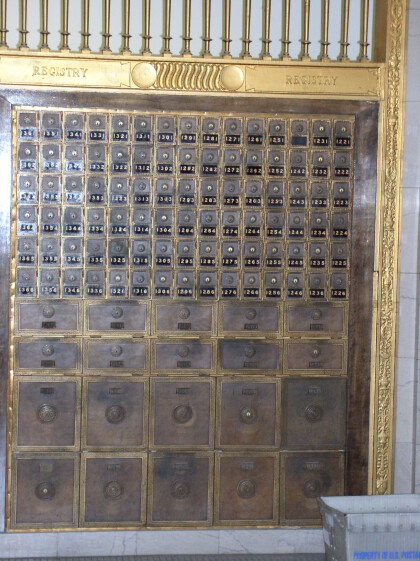

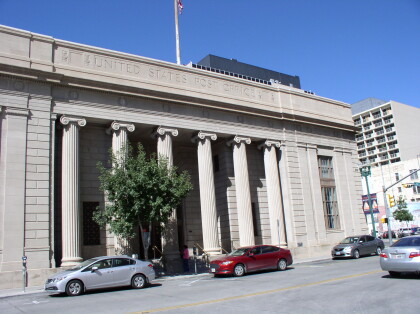
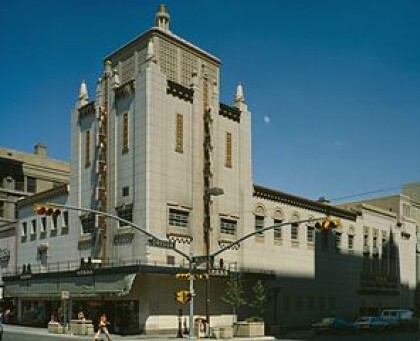
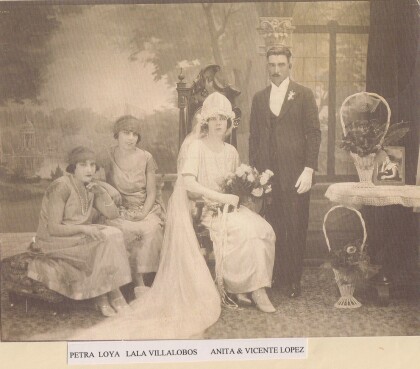
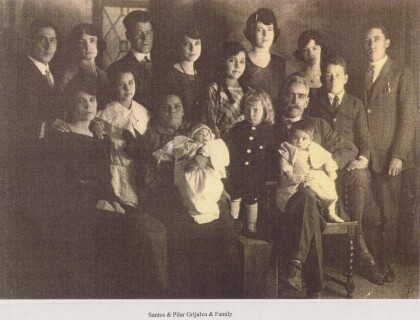
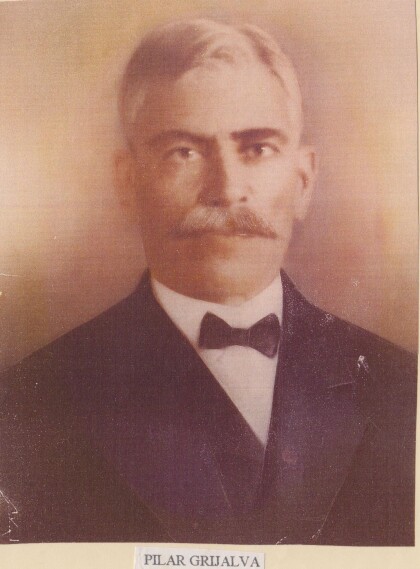
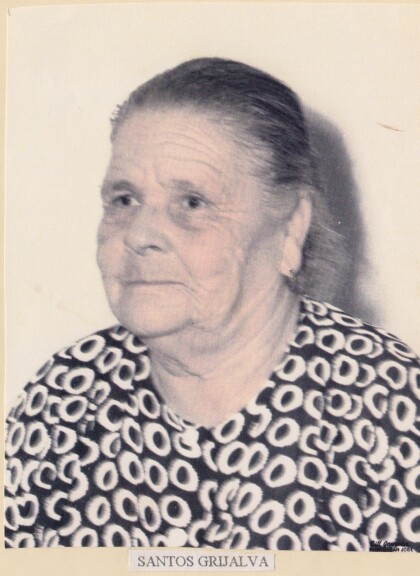
Comentarios
Hacer un comentario